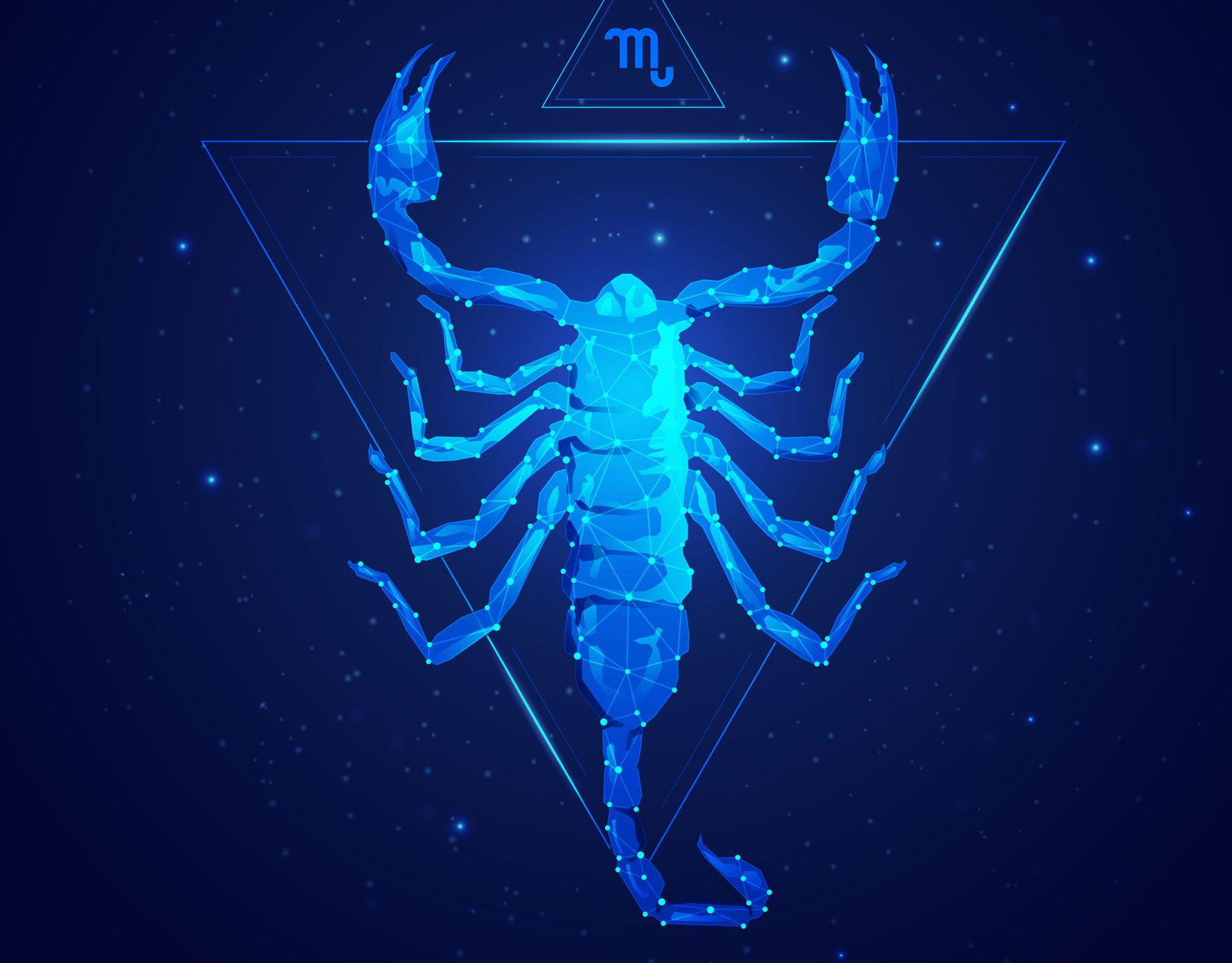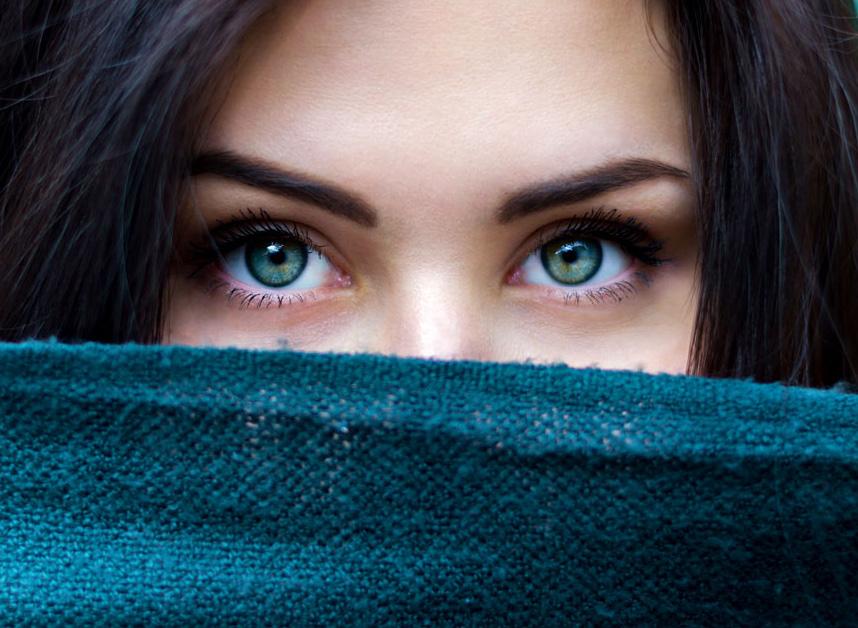
6 minute read
Native American Hair & the Sacred Gift of Energy
Sacred Masculine By Tony Cherette
The title for this month’s article is one I found myself pondering over due to a variety of reasons.
Advertisement
First, there is a plethora of information available to folks on the internet today with regard to the culture known as “Native American” culture. In fact, within that particular header, you’ll find several very interesting sub- categories, which I hope we can explore together, a bit, today. Let’s focus on one in particular—hair.
Some of the most oft-asked questions I receive are:
“Why do Native people wear their hair long?”
“Why do they braid their hair?”
“What is the purpose of different hairstyles in Native culture?”
“Why don’t you update your hairstyle?”
“Can you be Native without long hair?”
Hair seems a semi-complex subject to explore, so let’s start with a little current history of Native Americans. If you’ve read the previous articles I have written, you will read/receive cultural information with an eye to both the general as well specific. For instance, there are approximately 567 Federally recognized tribes on Turtle Island (the original and still currently used words for the United States).
With that many tribes or Nations (dependent upon how each one identifies)(these are simply the number of recognized tribes— many still are unrecognized), there are bound to be variations in thought. By the way, I find I am a firm thinker in that there are no stupid inquiries, so please come along with that assurance. Part of my position is that since most folks don’t intersect within the Native community often enough to gather accurate information, one cannot expect a person to suddenly gain information out of thin air or Indianpedia (a little joking riff)…. so let’s put forward some useful facts.
Starting at birth, the discussion of hair begins whether the child is male, female, or other (they/ them/their), hair is a component of that child’s spiritual teachings from the get.
Why is this? Starting at a birth point, the first teaching that hair is considered an extension of the power of the Mother Earth, herself, is commonly revisited among the relatives gathered to discuss the various parts of the birth story. In fact, hair is so highly valued that you rarely will find a Native child at the ceremony who does not have some braid affixed, even if it is an inch in length.
The straight purpose of this endeavor is to recognize the child in the eyes of the Grandmother Earth. It is also a point of cultural pride that will show itself with some type of adornment (i.e., a bead or two, a shell, etc.)
What do I mean by “recognition” in the eyes of Grandmother Earth? A very simple answer to that is posed within this question. Have you ever seen a round or braid of Sweetgrass?
Sweetgrass is one of the original medicines given to the Original People of this land and may be considered part of the sacred “four” medicines. Sweetgrass grows in several places and traditionally is considered to be the actual hair of the Grandmother Earth. Not representationally, nor anecdotally, but with a clear teaching, it is the precious energy connection to the Universe and all sacred beings. So, a child’s hair is a jump-off discussion point.
It may seem a little unusual to think that hair is far more than ornamentation in a culture; however, in the Indigenous Native community, hair holds so much value that to be without it is considered to be deeply vulnerable to outside influences, both in and outside of the spirit world. Let’s explore that one very important point.
You will sometimes see a Native American man or a woman who has made a ‘sacrifice’ of their braid or braids for a few reasons. In particular, I would like to bring you along in that journey, so you are fully aware of what appropriate questions to pose if you come upon a friend whose glorious mane has been shorn and they are pensive or slightly embarrassed. It is considered to be a very private event.
When a loved one dies, often Native people are called on to make a sacrifice of their hair to show respect, mourning, deep concern for that soul’s journey to the spirit world, and an outward message of the vulnerability that life holds in a Native person’s world.
In times of loss, I have been called to sacrifice my hair’s length for some of the above reasons, and I will say it can really test your mettle. So much of one’s esteem is tied to cultural appearance, so being without your hair places you in a very interesting position. Further, you will notice that Native people generally do not participate in the ‘giving’ away from our hair.
Does that seem selfish to you at this moment? That Native people don’t ‘donate’ their hair to those less in need due to whatever reasons? Let me speak to that a little bit, so you have a clearer idea of why you won’t see that action occur.
Hair holds a specific type of energy or frequency. In fact, hair is likened to a conductive element in the unseen worlds. Our hair connects us to our ancestors (Native spiritual guides and/or family members), and much spiritual energy flows through that.
For those reasons, removing one’s hair to gift to someone else can place each party in a very awkward as well potentially confusing place.

The transfer of energy from hair (which, contrary to science) Indigie people believe is alive from the moment it shows itself on the scalp, can place a person into a place that is not good for their mental, physical well spiritual health, if it is not connected to the person/lineage it originates from.
Hair has memory. Hair conducts energy. Hair can be a tool through which one’s ancestors communicate with someone.
For those reasons, we refrain from placing anyone in a place of potential danger with hair donation.
Another discussion that takes place in the community’s privacy can be the ongoing wound of ‘scalping.’ That action, if you place it in the context of some of the information above, had a distinct purpose in addition to the dismemberment of a person. It was the seeking of the power of a person as well to show victory over or dominance in some way.
So, if you see an older Native man with a thin ponytail or braid, or a woman with a semi-severe bob or shingle cut or a man with a shaved head with a single small braid, you have a little bit of context with which to place some of the hair events in the Native community. Again, the variety of tribes/Nations each have some particular cultural attachment/rules, which may intersect with another tribe/Nation.
Thanks so much for coming on this “hair” journey today. It is always a pleasure to talk about customs and traditions with you all. Keep well in 2020!

Anthony D. Cherette is a Medium with 35 years of experience. He is also an Elder and registered tribal member of the Annishnabeg Nation. Anthony is also a legal professional, a parent, a community activist and Two-Spirit human. He is a contributing writer of Star Nations Magazine who is happy you are reading his articles.










